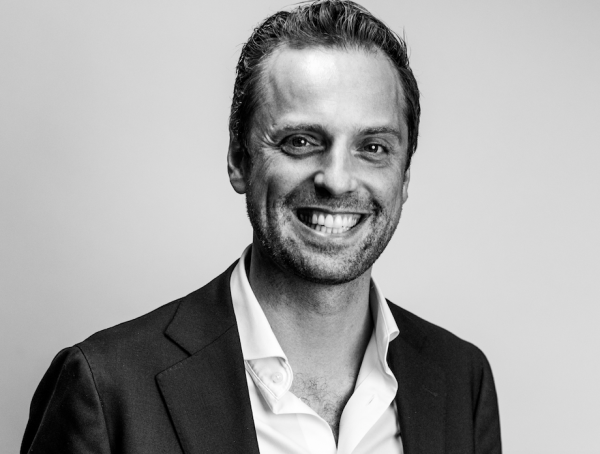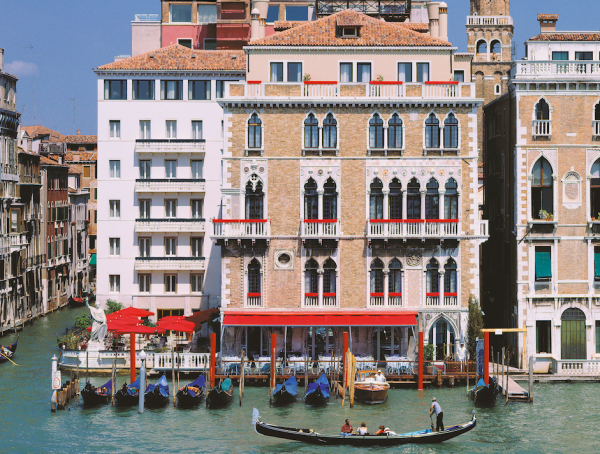How are the Sir Hotels positioned in the area you are covering?
Sir Hotels are positioned as boutique, high-end destinations that deeply connect with their surrounding neighborhoods. For example, Sir Victor in Barcelona blends local culture, history, and modern luxury. Situated between the Gràcia and Eixample districts, it celebrates the vibrant Catalan lifestyle and serves as both a destination and a cultural hub for locals and travelers. Similarly, other Sir Hotels, such as Sir Adam and Sir Albert in Amsterdam and Sir Savigny in Berlin, all reflect their unique locales while providing exceptional guest experiences.
Please share more about the broad USPs of the properties. What sets them apart?
Sir Hotels distinguish themselves through their dedication to providing unique guest experiences rooted in local culture, creativity, and design. For instance, Sir Victor offers an immersive experience with 91 meticulously designed rooms, a luxurious spa, a rooftop bar featuring stunning city views, and The Cover Club, a private members’ club that creates a sense of community for locals and guests. The hotel also boasts award-winning dining at MR PORTER and a curated shop showcasing local artisans, all of which contribute to its distinct character.
Tell us more about the Sir Hotels DNA. Is there also an aesthetic DNA?
The DNA of Sir Hotels lies in their ability to seamlessly connect guests with local culture, history, and artistic spirit. This is brought to life through carefully curated design elements, art collaborations, and unique experiences like “Sir Explore,” offering creative city tours. The aesthetic DNA is evident in properties like Sir Victor, which blends sleek, contemporary design with traditional Catalan influences, custom furniture, local art, and natural materials inspired by the landscapes of Barcelona.
What is the guest profile? Which are your key feed markets?
Guests of Sir Hotels are sophisticated, discerning travelers who seek unique, luxurious, and culturally immersive experiences. They are often international visitors aiming to connect authentically with their destinations. Key feed markets include Europe, North America, and other regions, drawing travelers who appreciate culturally rich and creatively inspired stays.
How would you define luxury? How does luxury relate to lifestyle?
To me, luxury is about delivering personalized and authentic experiences catered to everyone’s needs. Luxury is an evolving concept and lies in the details, impeccable service in an environment full of surprises, comfort, and thoughtful design while respecting the values of its local culture and surroundings.
At Sir, luxury experiences merge seamlessly with lifestyle through local culture, wellness, and comfort. I believe luxury is not only about high-end amenities but about creating immersive, culturally rich environments where guests feel both at home and inspired by their surroundings.
Is there a recipe to balance desirability and value? How important is value nowadays?
Balancing the two requires exceptional experiences that feel personal and worth the investment ensuring they resonate with guests’ personal needs.
Value is more important than ever as travelers seek experiences that align with their values and justify their spending. Focusing on authenticity, quality and purpose is therefore important to a brand like Sir Hotels.
What is the concept of F&B at the properties you are overseeing?
The food and beverage concepts at Sir Hotels reflect a blend of local culinary traditions with high-end international influences. The Rooftop, for example, offers light tapas, signature cocktails, and breathtaking views of Barcelona, while MR PORTER brings a modern steakhouse experience. F&B spaces are designed as vibrant social hubs that cater to both guests and locals, offering unique culinary and social experiences.
Most luxury properties in the most diverse destinations continue to be challenged by staffing. What has been your approach?
We see this varies a lot per destination but are fortunate due to our brands being alive and sincere which makes it attractive to talent.
Due to our diverse portfolio we are able to let our team members grow within our portfolio making it easier to retain and ensure their needs are met.
What novelties shall we expect in 2025?
In 2025, AI will take even bigger steps in our industry as well. Expect hyper-personalization with sustainability as a core focus. Hotels will feature smarter spaces and become more hybrid to its travelers. Certainly, the authenticity, local connections, and community building will remain key.
Please share your top 5 personal off-the-beaten-track tips in Barcelona and Amsterdam.
Barcelona:
- Explore the labyrinthine paths of El Born, filled with hidden boutiques and artisan shops.
- Visit the peaceful Hospital de Sant Pau, a lesser-known UNESCO World Heritage site.
- Experience the lively atmosphere of Gràcia’s small squares, perfect for tapas and people-watching.
- Discover Palo Alto Market for food, music, and art events.
- Take a scenic walk along Carretera de les Aigües for spectacular views of the city.
Amsterdam:
- Wander through the famous Albert Cuyp market in De Pijp for a diverse culinary experience.
- Visit the Hortus Botanicus for a serene escape into lush greenery.
- Explore the dynamic Noord district, including NDSM Wharf, known for street art and cultural events.
- Cycle through the picturesque Waterland area, just outside the city with windmills and charming villages.
- Take a canal cruise at night to see Amsterdam beautifully illuminated.
Rick de Jonge, Group Director of Hotel Operations, Sircle Collection










